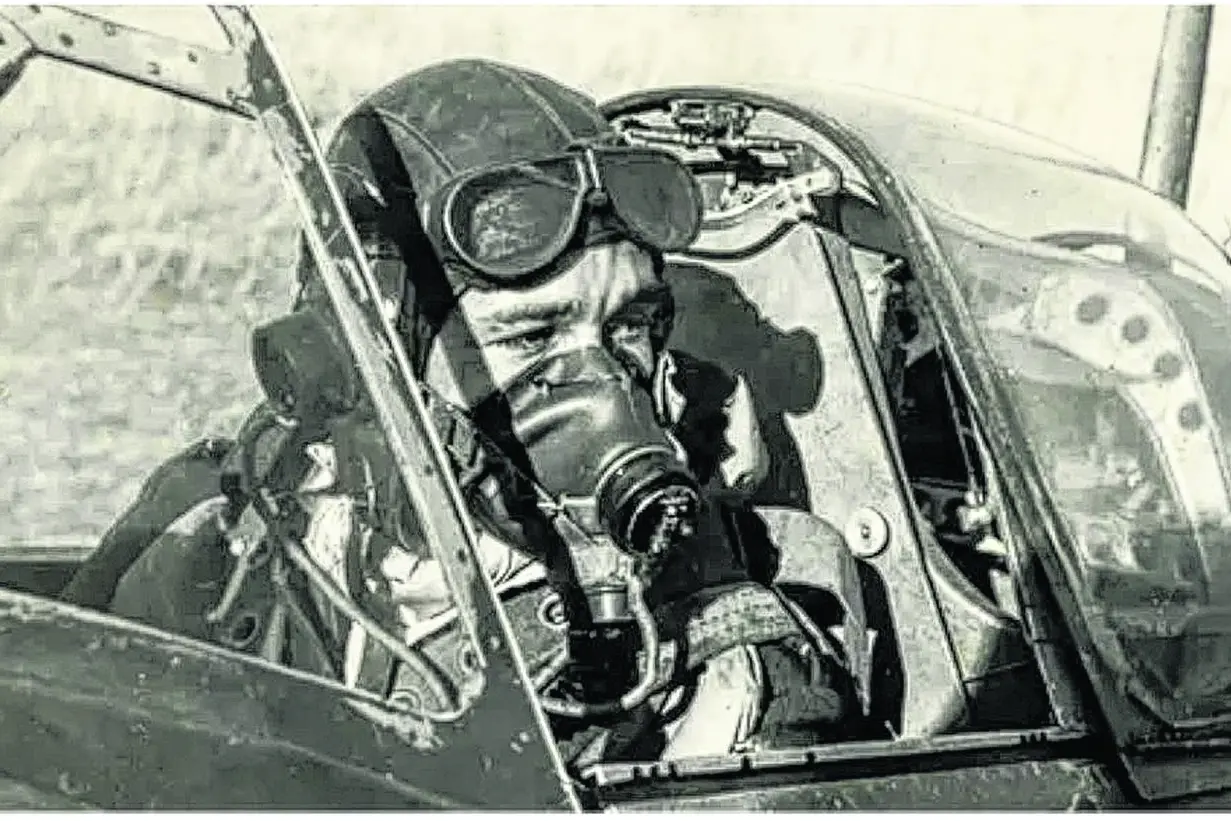PHOTO
Australians are commemorating the 80th anniversary of the end of World War II this year, with what many consider to be the "official" end of the conflict being marked on September 2. That was the date of the famous signing of the peace treaty between Japanese and Allied Forces held on the American battleship the “USS Missouri”.
Locally, the anniversary is an opportunity to remember the hundreds of pilots who trained in our region during the conflict.
While the futility of trench warfare and doomed heroic charges across No-Man’s Land to claim a few hundred yards of territory was the defining image of World War I (1914-1918), combat in the air was one of the iconic emblems of World War II which was fought from 1939 to 1945.
In this role, the Number 5 Elementary Pilot Training School (5EFTS) at Narromine played a key part.
While flying a warplane may have seemed a glamorous and exciting alternative to the physical slog, discomfort and danger of an infantry soldier – not to mentioned the fretting uncertainty, routine and long months at sea in an RAN battleship – statistics show aviators also true dangers during the war.
Curator Mike Nelmes from Narromine Aviation Museum revealed the stark figures for those graduating from flight school at Narromine during the war.
“Anything in the early courses of 50 to 60 per cent were killed in action, to almost none for the last years of the war,” Mike explained.
“Of the 2850 who graduated in total, about 25 per cent died during the war, a figure of about 700 in total,” he told Dubbo Photo News.
With a strong local aviation history – including brothers Ross and Keith Smith’s landing there in an old Vickers Vimy bomber after their inaugural flight from Britain to Australia in 1919 – in was natural that many local lads would look to the skies when hostilities broke out again.
“A lot of men from the central west chose to become aviators at Narromine. We already had a long flight tradition, and it was so close for them,” Mike revealed.
“This included Ross Middleton from Yeoval who was the first RAAF pilot to get awarded a Victoria Cross and who trained at Narromine... there’s an exhibition about him at Dubbo Museum at the moment actually,” he added.
While most of our famous air battles and heroes like Middleton fought in Europe during the war, many also risked – and lost – their lives in air combat in what was then known as the Far East, fighting the Japanese, according to local historian Patrick Bourke.
“Just over 1400 RAAF members served in the Ceylon-India-Burma-China theatre of war during the Second World War,” Patrick said.
“A total of 317 of these RAAF servicemen, who were attached to Royal Air Force (RAF) squadrons, died between January 1942 and December 1945, with many having undertaken their early pilot training at the Number 5 Elementary Pilot Training School at Narromine,” he said.
This list includes:
• Samuel Mutimer, who died in Ceylon in February 1943.
• Colin Stower, who died in India in November 1942.
• Kenneth McCallum, who died in India in February 1944.
• Hamilton Maddison, who died in Ceylon (Sri Lanka) in April 1943.
• Noel Bowden, who was killed in a flying battle in India in May 1944.
• Allen Campbell, who was killed in a flying battle in Burma in June 1944.
• Bertram Stanford, who was killed in a flying battle in Burma in May 1943 – he had been a student at Peak Hill Primary School and Dubbo High School.
• Archibald Honeyman and Alan McLean, who were both killed on a flying mission in India.
“The other four airmen in the crew, two RAAF servicemen and two RAF servicemen, also died.
"One of the RAAF servicemen was Ross Gregory, the Australian Test cricketer,” Patrick said.
Another casualty was Flight Lieutenant Charles Crombie DSO DFC, one of the most decorated RAAF pilots of the Burma campaign, destroying 12 enemy aircraft and claiming four “probables”. Promoted to squadron leader, he was killed at RAAF Base Williamtown in NSW on August 26, 1945 while trying to land a Beaufighter in strong winds.
One local man who was born in Dubbo, and who was also a talented sportsman, survived the war to later become a decorated pilot during the early days of the Vietnam conflict.
“Victor Guthrie, who grew up in Narromine, played in the two unofficial cricket ‘Tests’ played between RAF servicemen and RAAF servicemen in India during December 1944 and February 1945,” Patrick said.
“He scored a century in the first ‘Test’ and had a long and distinguished RAAF career, receiving a number of awards including the Distinguished Flying Cross.”





